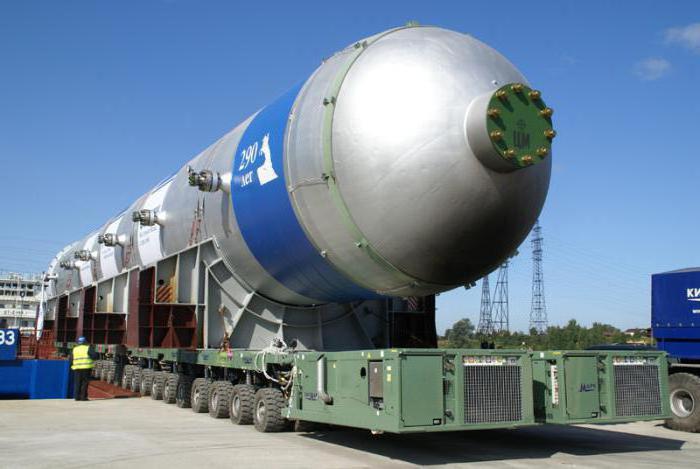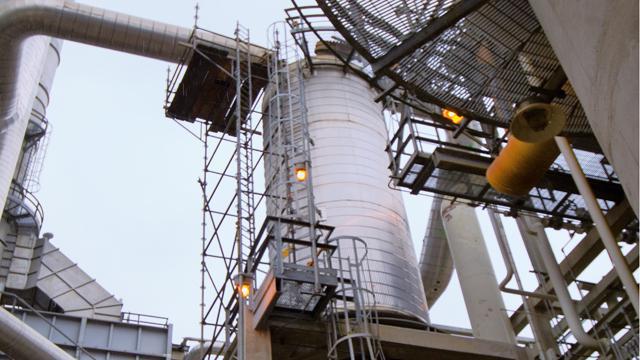Drivers and car owners are required to change engine oil after a certain period, otherwise there is a high probability of engine failure. When choosing oil, they often encounter hydrocracking greases, which can be recommended by certain masters and even sellers in the store. But what is hydrocracking, and what is the peculiarity of the oils produced in this way? Is this really an innovative technology or just a trick of manufacturers? Let's try to figure it out.
Hydrocracking - what is it?
Hydrocracking is a biochemical catalytic process that is used to produce motor oils in oil refineries. Thanks to this method, high-boiling hydrocarbons can be converted into more valuable products - diesel and jet fuel, kerosene, gasoline, motor oils. The process is carried out under hydrogen-rich conditions and using catalysts. The temperature in this case reaches 250-420 degrees (such values are usually present in a hydrocracking reactor), and the pressure is 5-30 MPa. A large final yield of the main component of oils from raw materials is possible thanks to special catalysts. At the same time, oils immediately get a high viscosity index and actiokislitelnye properties. Below is a hydrocracking reactor in the photo.

With certain technological parameters, it is already possible at the molecular level to remove sulfur and harmful nitrogen impurities from the final product. At the same time, oil rings and paraffin compounds disintegrate, isomerization of the product is carried out. In simple terms, hydrocracking allows you to get the usual base mineral oil, the characteristics of which will be close to the parameters of modern mineral oil. The presence of paraffin hydrocarbons in the composition is the main feature of hydrocracking oils.
Hydrocracking or synthetics - which is better?
The main advantage of synthetic oil is its thermo-oxidative stability. Due to this property, deposits of varnish and varnish are minimized in car engines. In this case, varnish is a durable transparent film that cannot be dissolved by anything. It consists of oxidation products formed on hot surfaces.
Also, the advantages of synthetic lubricants are very low volatility and minimal waste. In all working engines, oil is kept at almost the same level from replacement to replacement. Thanks to these properties, mechanical losses are reduced, and the engine is less subject to wear. That is, the details of the power plant last longer. Moreover, the service life of synthetic oil is five times longer than the life of the mineral water. As for semi-synthetic oil, this is something in between. At least that was the case before. Today, hydrocracking oil is an alternative to synthetic lubricant.
Why are hydrocracking oils inexpensive?
Recent technological developments have made it possible to obtain base oils based on oil, the structure and viscosity of which are not inferior to the parameters of polyalphaolefins. These fractions are mainly used in synthetic lubricants. In addition, the hydrocracking process is relatively simple when compared with the technology for producing synthetic motor oils, so the price of these products on the market is lower. Even the highest quality lubricants created by hydrocracking technology are inexpensive.
Hydrocracking - A Weak Alternative
Whatever the case, synthetic oils are still the best today, but hydrocracked lubricants are only slightly inferior. By the way, some manufacturers on canisters in which they sell hydrocracking oils write that they were produced using synthetic technology, and some even write Synthetic Oil. That is, companies practically do not see the difference between these two types of lubricants, although it is obvious that this is done for marketing purposes. Therefore, if it is written on the package (canister) that the product was manufactured using synthetic technology, this means that there is hydrocracked oil inside. Now it’s clear what it is - hydrocracking.
Underwater rocks
All more or less experienced drivers know that oils can be mineral, synthetic and semi-synthetic. However, in what category can hydrocracked lubricants be classified? After all, the cost of this oil is the same as that of a regular mineral water, while the manufacturers claim that the quality and overall performance of the lubricant are the same as those of synthetic. What is the catch here? After all, if it were so in fact, the production of synthetic oils could be stopped due to lack of benefits.
Synthetic oil is a product of gas synthesis, and mineral water is made by distillation of oil. As for the semi-synthetic lubricant, it is a mixture of these two types of oils in certain proportions. The method for producing hydrocracking oil is the same as mineral oil. The only difference is that at the final stages the oil is deeply refined using hydrocracking. Because of this, it gets improved properties. So do not compare the "mineral water" and hydrocracking grease. The latter is a well-refined mineral oil with all the disadvantages ensuing from it.
Technology
What is the essence of hydrocracking technology? Oil is a mixture of hydrocarbons. It is sent first to atmospheric distillation, which as a result allows to obtain fuel oil. This fuel oil undergoes vacuum distillation for fine division of rings and chains of hydrocarbons. After this stage of processing, the heaviest fractions remain, they are suitable for the manufacture of base transmission and motor oils with a high viscosity index. The light fractions remaining after the distillation of oil are suitable for the manufacture of light transformer and industrial oils.
Of course, after this distillation, various impurities remain in the oil, however, nothing is limited to vacuum distillation. After it is followed by additional cleaning. In particular, sulfur, paraffins, resins, organic acids, unsaturated hydrocarbons, polycyclic compounds remain in the composition. These impurities can increase the pour point, cause carbon deposits and corrosion of engine parts, so they must be removed. Therefore, hydrocracking treatment is important in production.
Cleansing
Using physicochemical methods, impurities are removed from the mineral oil. Deparaffinization reduces the pour point, however, completely getting rid of impurities in this way will not work. The presence of unsaturated hydrocarbons in the composition accelerates the aging process, and hydrotreating allows you to get rid of them.
Hydrocracking is an even more advanced way to clean oils. With him, several different reactions occur simultaneously. Initially, in the base mineral oil, the molecular structure is heterogeneous. However, during hydrocracking, molecular chains of different lengths are split, and intermolecular bonds are saturated. As a result, the structure of such a mineral oil becomes homogeneous and close to the structure of a synthetic lubricant. It is a homogeneous molecular structure that is the first criterion for high-quality motor oil, since it allows you to create a thin and strong lubricating layer between the friction pairs in the engine. Carbon atoms can join in chains (long or short) or branch. For oil, such a structure in which a straight chain is observed is ideal. If the atoms are connected in an even straight chain, then the oil acquires the best characteristics and properties. It is in the production of synthetic and hydrocracked oils that the chains of these products are rearranged and straightened. It is worth noting that synthetic lubricants are obtained from gases, so when they are manufactured, the chain length is increased.

Summary
Now we understand what it is - hydrocracking. In fact, this is a process that allows you to discard all unnecessary from the oil. And thanks to special additives, you can adjust the properties of the resulting oil. This process can hardly be called ideal, because many impurities in the composition still remain. In order to filter out absolutely all unnecessary substances, it will be necessary to greatly complicate the technology, which will make such oils very expensive. Therefore, when using such lubricants, the possibility of carbon deposits in the engine cannot be ruled out. High viscosity index, resistance to shear deformation, wear protection and good antioxidant properties - all these are the advantages of hydrocracking lubricants, because of which they become popular. In some respects, they even surpass synthetic products in quality.
And still, the synthetics wins
However, in “synthetics” the hydrocarbon compounds are more homogeneous anyway, therefore, in any case, they remain the best today. Especially their best qualities are manifested in the winter. However, the process is constantly being improved, and today many oil refineries are constructing hydrocracking, that is, they are purchasing the necessary plants and reactors.